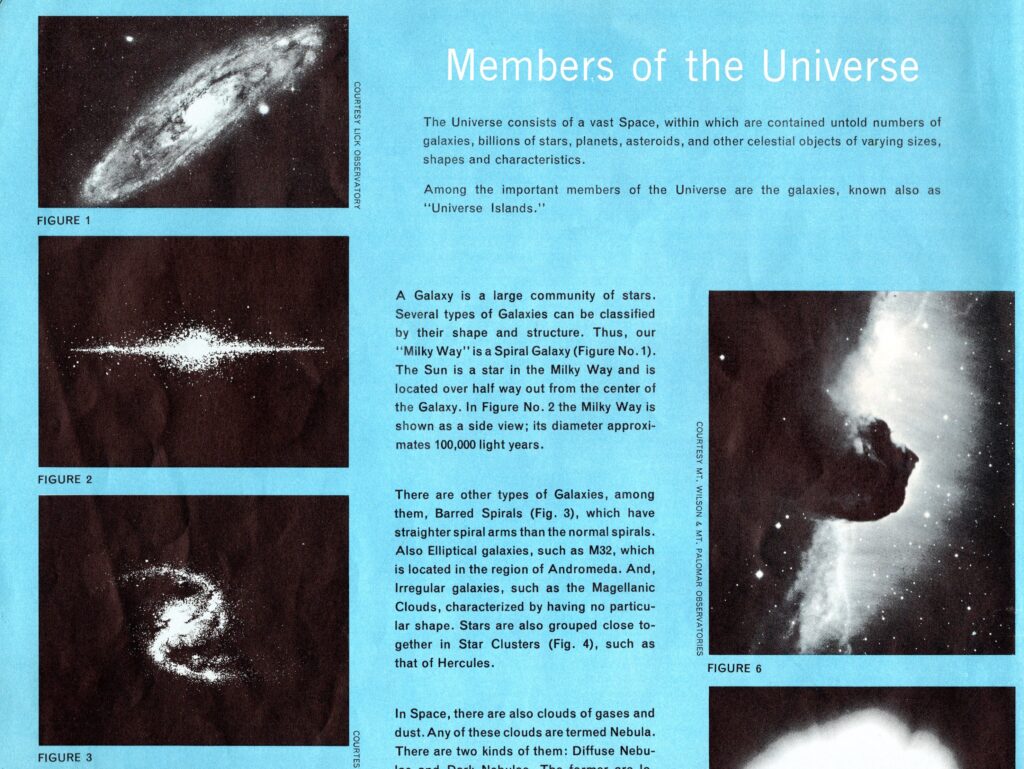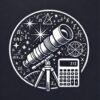AstroNut is an incredibly nice guy, but he tends to have strong opinions about things. Oh damn, I can’t write in the third person….
If you are interested in academinc credentials, I have a Bachelor’s (1984) and Master’s degree (1986) degrees in Chemical Engineering from University of Toronto, and I currently am a Professional Engineer in the province of Alberta Canada. I have written or cowritten several papers, half a life-time ago, for Society of Petroleum Engineers journals regarding enhanced oil recovery, naturally fractured reservoirs, and tight gas reservoirs – mainly involving their numerical modelling. I was also a reviewer for the SPE Reservoir Engineering journal for a while.
I came from modest working class background, and I thank my lucky stars I was born in a country that allowed me, through hard work, to get a great public school (and later, a university education). I loved the toys best that allowed me to build things and learn about the world – my favourites were my meccano (nuts and bolts lego), chemistry set, and electronic building board (with an honourable mention of by bike, and board games). This ignited a passion for both life-long learning and building stuff, or in engineering terms – adding value.
Of relevance to this website was my treasured 1964 vintage “Rand McNally Space Atlas” that my father gave me during the space race to the moon. I read that magazine a few thousand times, but what stuck to me were the grainy, black and white pictures of deep space objects – including the Horsehead nebula and a couple of galaxies. While I was super-interested in what I saw and said (I was a kid, after all), it wasn’t something that I could really interact with, so I didn’t really pursue astronomy much more. The images, although taken with the world’s largest telescope (which my parents couldn’t afford), we black and white and grainy. Furthermore, the explanation that I read about were not satisfying in the least. What is the horsehead? Why is it floating way up there? Why is it shaped the way it is? No answers to these questions were provided, so I moved on.

Credit: 1964 Rand McNally Space Age Atlas,
Rand McNally & Company
(Chemical) engineering was ultimately my education path and I loved it. I will confess, that I am not an academic and only got my Master’s Degree because of the Canadian economic collapse in 1983/1984 and lack of jobs. I didn’t want my degree to get stale dated, so I accepted a scholarship for a Master’s program. I have written papers in peer reviewed engineering journals (and was even a referee), but an academic life was not for me – I found it took too much time preparing presentations writing, and going through references rather than thinking and doing. Again, I just wanted to learn and add value. It’s not that I don’t respect academics and academia – it is just that their skin seemed to be more in the game of status and publishing rather than, well, money and making things work. I will say though, that I got a first class education at University of Toronto, whose faculty was dominated at the time with loads of private sector experience, researching technological advancement focussed on enriching society by adding value.
I spent my career in the highly competitive upstream oil and gas business. The training I received, both in Houston Texas, and in Holland over my first couple of years was fantastic and included both scientific training in geology, geophysics, petrophysics, drilling, as well as business training including economics, planning, management, accounting, and negotiating, I started out as a researcher (CO2 based enhance oil recovery), then a reservoir engineer, engineering manager, and finally executive. I also spent an number of years on the boards of engineering research organizations.
Business took me around the world, exposing me to various cultures, technical challenges, business environments and politics. As a bonus – oil and gas assets don’t tend to correlate with typical tourist spots, so it was doubly fantastic to deal with real people and situations. A great deal of my time was spent creating and evaluating both technical and business plans for the development of oil and gas producing assets. I was also responsible for technology development while teaching and mentoring staff. Rewards included employing people in meaningful work, both at home and especially in the third world as well a bringing a lot of prosperity and social well being in the regions where we had operations. Perhaps the biggest highlight of my working years, was the birth of my wonderful daughter in 1993, while I was living and working in Holland.
If you have read this far in my wandering tale, good for you – you have more patience than I have. I am about to return to Astronomy. I knew that I needed to have a plan to retire, because while I had had my fill of hard work, I didn’t want to just sit around and rot – this continuous learning was still calling. Just before retirement an amateur astronomer at work showed me some images he had taken from his back yard! I was blown away. These looked nothing like the black and white, ill defined images I had in my childhood atlas. I now know that much of this was because of the advancement in digital cameras, as well as the ability to computer control affordable telescopes and equipment.

I gradually retired to Vancouver Island (there is much less winter here). The skies are dark and I have time. I knew I wanted to keep my brain active in retirement, so I joined my local chapter of the Royal Astronomy Association of Canada, and took up the hobby and made some new friends. You can find my image galleries both at the Victoria RASC’s Zenfolio website and also on Astrobin.
While learning about image processing, I was feeling limited by my ability to stretch images. So I picked some stretch equations (generalized hyperbolic equations) that I borrowed from empirical production forecasting, teamed up with Mike Cranfield, and we created the GHS stretch method for Pixinsight, (also taken up by Siril) that has also been ported to Siril as well (Pixinsight and Siril are astrophotographic processing platforms). It has proven quite popular, although I ended up failing at making it easier to use. Mike has gone on to create a fantastic suite of other plug-ins that are even more widely popular and useful in processing images.
As for plug for this hobby, so far I have learned about astronomy and image processing, of course, but also optics, electronics, Java programming, 3-D printing, robotics, etc. etc and now, web page building. Great brain exercises for the retired mind. However, staying true to form, I cannot just accept what the images show me – although many are content to do just that. Personally I have to know why. That is what has lead to my research and ultimately the creation of this website.
Just to round out my hobbies – I enjoy travelling (especially to Hawaii), hiking, biking, water sports (including diving and underwater photography), gardening, and visiting my daughter. Hosting a website represents a new indulgence that I am still learning – so thanks for your patience and also for my fantastic wife’s patience and support too.
